Serrano Pepper Taste: A Fiery Flavor Fiesta in Your Mouth!
Hold onto your hats, spice lovers and culinary adventurers! Today we're diving headfirst into the vibrant world of serrano peppers and their unique serrano pepper taste. Whether you're a seasoned pro who can handle habaneros like a champ or a home cook looking to add some zing to your weekly chili, this little green (or red, orange, yellow—yes, they come in many colors!) firecracker deserves a place on your ingredient radar.
From its punchy heat level to its bright, grassy flavor notes, the serrano pepper is a versatile powerhouse. But don’t let its size fool you—this tiny titan brings a bold bite that’s both exciting and unpredictable. So grab your cutting board and let’s explore everything from cooking tips to comparisons with other chilies!
Table of Contents
- What Exactly Is a Serrano Pepper?
- The Serrano Pepper Taste: What to Expect
- How Hot Is It Really? Scoville Scale Breakdown
- Serrano vs. Jalapeño, Cayenne, and More
- 5 Pro Tips for Cooking with Serrano Peppers
- Want to Grow Your Own? Here’s How!
- Surprising Health Benefits You Might Not Know
What Exactly Is a Serrano Pepper?
The serrano pepper hails from Mexico and has been used for centuries in traditional dishes like salsas, soups, and sauces. Named after the Spanish word “sierra” meaning mountain, these peppers thrive at higher elevations. They’re typically about 2–4 inches long and come in shades ranging from green to red, orange, brown, and even purple!
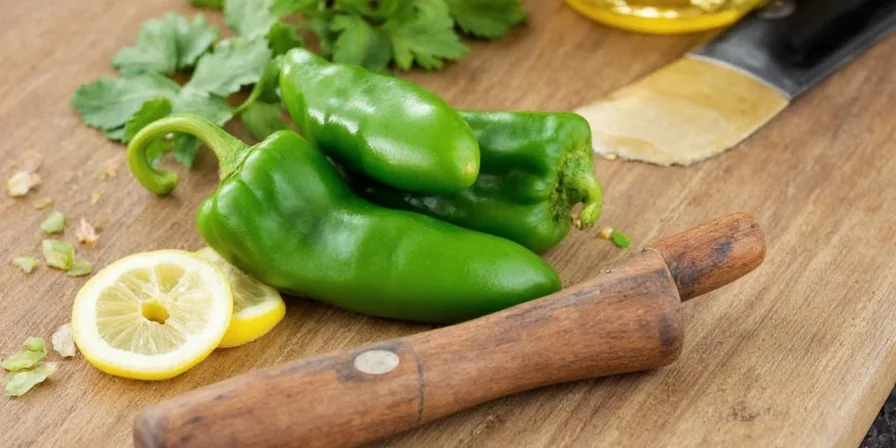
Unlike jalapeños, which are often picked when green and processed further, serranos are usually eaten fresh but can also be pickled, dried, or smoked (then called chipotles).
The Serrano Pepper Taste: What to Expect
If you're new to the serrano pepper taste, prepare yourself for a spicy kick paired with a surprisingly fresh flavor profile. These peppers deliver a clean, slightly vegetal note upfront, followed by a sharp, lingering heat that builds gradually.
- Green serranos: Bright, crisp, and slightly herbaceous—great for fresh salsas and pico de gallo.
- Ripe (red, orange, etc.) serranos: Sweeter and fruitier, with more pronounced heat and depth of flavor—ideal for roasting or making hot sauces.
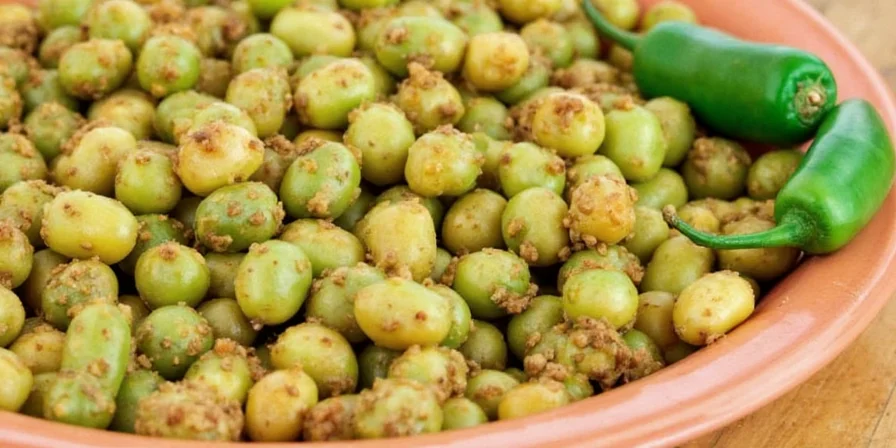
In short, think of them as jalapeños’ fiery, flavor-packed cousins who show up to dinner ready to party!
How Hot Is It Really? Scoville Scale Breakdown
Curious about how serrano pepper taste compares in terms of heat? The Scoville scale is your go-to measure for chili pepper spiciness. Here's how serranos stack up:
| Pepper | Scoville Heat Units (SHU) |
|---|---|
| Jalapeño | 2,500 – 8,000 SHU |
| Serrano | 10,000 – 23,000 SHU |
| Cayenne | 30,000 – 50,000 SHU |
| Habanero | 100,000 – 350,000 SHU |
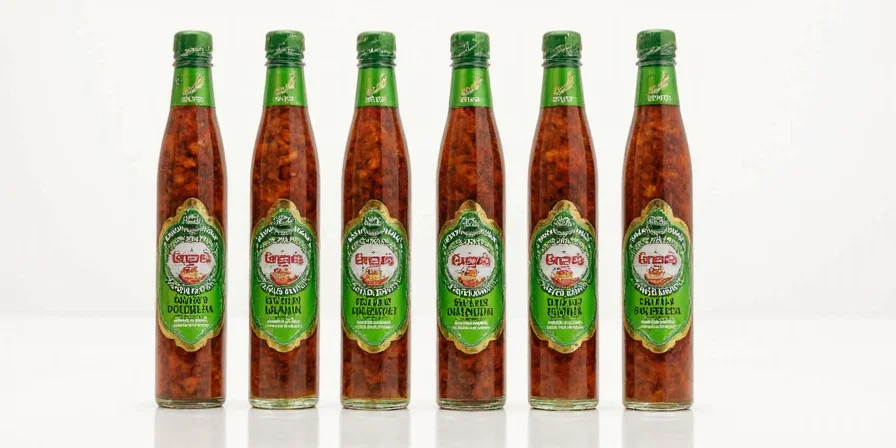
This means serranos pack more punch than jalapeños but aren't nearly as hot as habaneros or ghost peppers. That said, individual peppers can vary depending on growing conditions, so always taste-test before adding to large batches!
Serrano vs. Jalapeño, Cayenne, and More
Wondering if you can substitute serrano peppers in your favorite recipes? Let's break it down:
| Characteristic | Serrano | Jalapeño | Cayenne |
|---|---|---|---|
| Size | 2–4 inches | 2–5 inches | 6–12 inches |
| Heat Level | Moderate to High | Mild to Moderate | High |
| Flavor | Grassy, Fresh, Fruity When Ripe | Bitter, Earthy | Earthy, Smoky |
| Common Use | Salsas, Tacos, Soups | Pickling, Nachos, Popcorn | Dried Flakes, Sauces, Stews |
So while serranos and jalapeños are similar in use, serranos bring more heat and a cleaner flavor. Cayennes are hotter and better suited for drying or grinding rather than eating fresh.
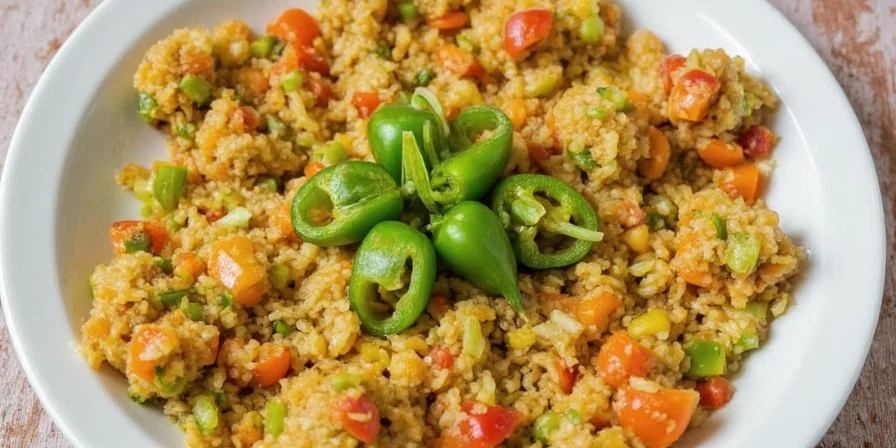
5 Pro Tips for Cooking with Serrano Peppers
- Don’t Overdo It: Start with one serrano and adjust later. Unlike jalapeños, their heat doesn’t mellow out much during cooking.
- Roast Them for Depth: Charring them over an open flame adds smokiness that complements tacos, soups, and egg dishes.
- Use Gloves!: Capsaicin burns, especially if it gets near your eyes. Save your face from accidental tears by wearing gloves when slicing.
- Remove Seeds for Less Heat: Most of the capsaicin is in the ribs and seeds. If you want flavor without the full burn, remove those parts before chopping.
- Freeze Whole for Later: Serranos freeze beautifully. Just toss them in a ziplock bag and keep them on hand for quick additions to stews, stir-fries, and sauces.
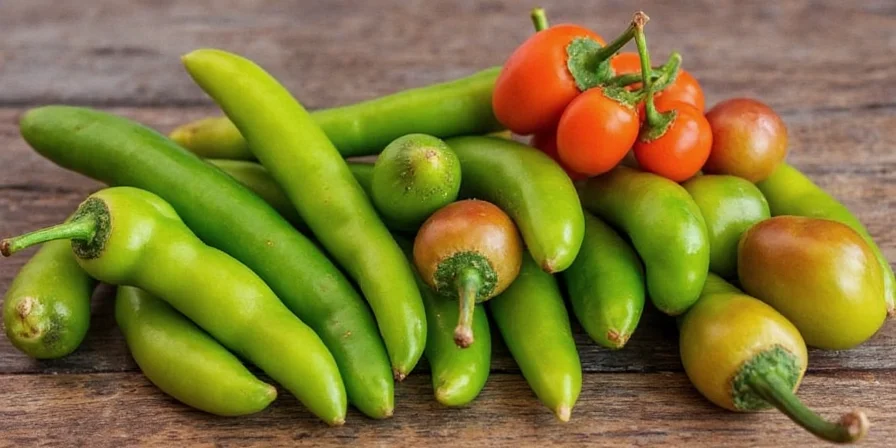
Want to Grow Your Own? Here’s How!
If you’ve fallen in love with the serrano pepper taste, why not grow your own? Here’s what you need to know:
- Climate: Warm weather, full sun (6+ hours/day).
- Soil: Well-draining, rich in organic matter.
- Watering: Keep soil moist but not soggy—overwatering = sad roots.
- Harvest Time: Pick green early for milder flavor or wait until they ripen for sweeter, spicier results.
These plants do well in pots or garden beds and can produce peppers for months if cared for properly. Plus, watching them change color from green to fiery red is oddly satisfying!
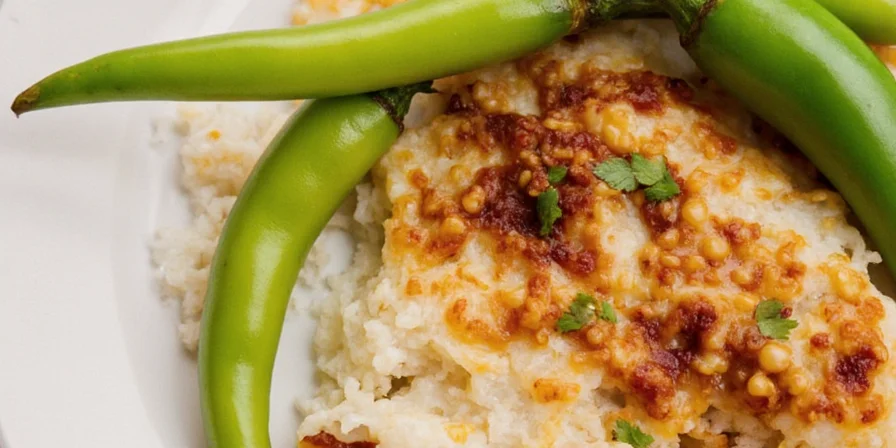
Surprising Health Benefits You Might Not Know
Beyond their serrano pepper taste, these peppers are packed with nutrients and compounds that benefit your health:
- Vitamin C Powerhouse: One raw serrano contains more than your daily recommended dose of vitamin C—yes, really!
- Boosts Metabolism: Capsaicin may help increase metabolic rate, aiding in weight management.
- Anti-Inflammatory Properties: Studies suggest capsaicin has anti-inflammatory effects, which can help with joint pain and digestive issues.
- Heart Healthy: Regular consumption of chili peppers has been linked to lower blood pressure and cholesterol levels.
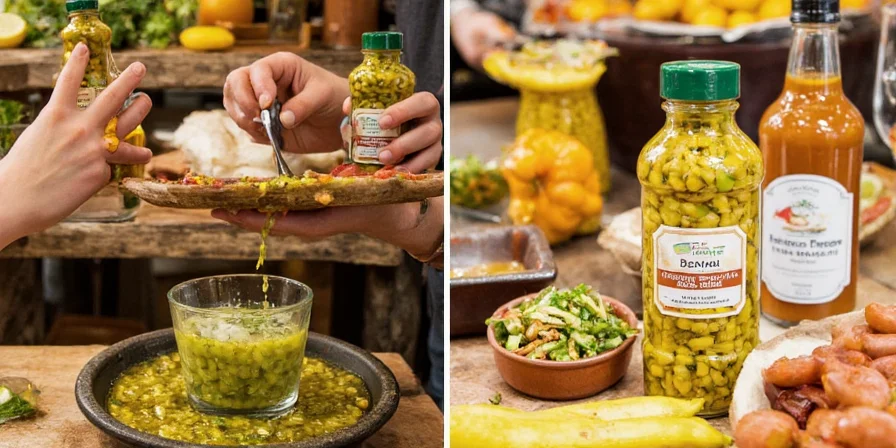
So go ahead—spice up your life knowing your taste buds (and your body) will thank you!
Final Thoughts: Why Serrano Peppers Deserve a Spot in Your Kitchen
Whether you’re jazzing up a classic salsa, roasting them for enchiladas, or simply slicing them into your omelet, the serrano pepper taste offers a perfect balance of heat, freshness, and versatility. From novice cooks to professional chefs, there’s something here for everyone.
They might be small, but their impact is anything but. With the right techniques, a few simple tools, and a willingness to experiment, you’ll find these peppers can transform your meals in exciting ways.

Summary Table: Serrano Pepper Quick Guide
| Category | Details |
|---|---|
| Origin | Mexico |
| Flavor Profile | Grassy, Fresh, Slightly Fruity When Ripe |
| Heat Level | 10,000–23,000 SHU |
| Uses | Salsas, Tacos, Soups, Roasted Dishes |
| Health Benefits | High in Vitamin C, Anti-Inflammatory, Boosts Metabolism |
| Storage | Refrigerate in a paper bag or freeze whole |

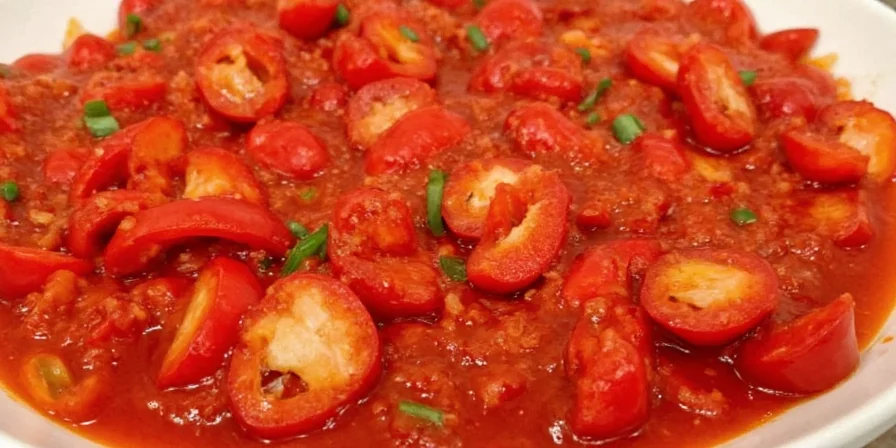









 浙公网安备
33010002000092号
浙公网安备
33010002000092号 浙B2-20120091-4
浙B2-20120091-4